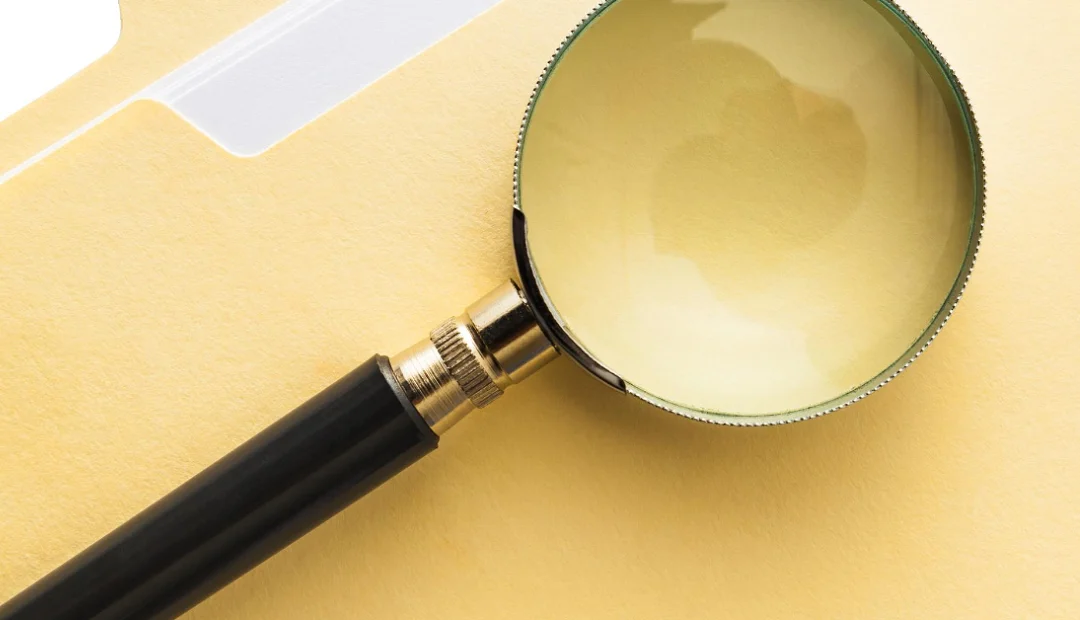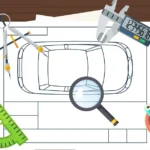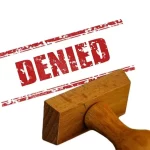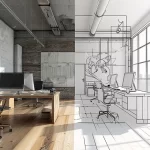Surface Shading in Patent Drawings for Design Clarity
- June 15, 2024
- By Sarita Thomas
- Read 3 minutes
Precision and clarity are important in design patents. One often-overlooked yet critical aspect of these drawings is surface shading. Surface shading is used in three-dimensional aspects of a design drawing. Not only does it improve visual comprehension, but it also helps to distinguish between open and solid areas.
Importance of Surface Shading
Surface shading is an important tool for presenting a visual aid in design drawings. This allows a clear depiction of the design’s form and structure. If you use appropriate shading techniques, patent drawings can effectively communicate the nuances of your product design. This makes it easier for patent examiners to understand the differences between your invention and any prior art (current literature). Surface shading is also helpful in distinguishing between different elements within the design, such as highlighting specific features or delineating between solid and open areas in the image.
Guidelines and Regulations
The United States Patent and Trademark Office (USPTO) outlines specific guidelines regarding surface shading in design patent drawings to ensure consistency and clarity. According to USPTO regulations, drawings must be provided with appropriate surface shading that accurately represents the true character and contour of all surfaces of the product presented. Additionally, solid black surface shading is generally discouraged, except when it is used to represent the color black or to create color contrast within the design.
Legal Implications
Failure to adhere to surface shading guidelines can have legal ramifications. According to 35 U.S.C. 112, first paragraph, the lack of appropriate surface shading may render the shape and contour of the design non-enabling. In other words, if you do not do proper and sufficient shading, it may jeopardize the enforceability of your design patent. This is because it may hinder the ability to discern the design’s essential characteristics.
The addition of surface shading after filing may be construed as new matter, a concept governed by 35 U.S.C. 132 and 37 CFR § 1.121. Any additions to the claim, drawings, or specification that were neither shown nor suggested in the original application may be considered new matter, which means you may potentially delay the patent approval process and complicate legal proceedings. This might also result in the rejection if someone else might have filed for the patent in the meantime.
Best Practices to follow
In order to ensure that the drawings are in compliance with surface shading requirements and addresses potential legal challenges, you should ask your patent drawings company to adhere to the best practices. You should verify if they have necessary CAD tools and other patent drawing software that can help them easily create such complex drawings.
Some of these best practices include:
- Incorporate surface shading into patent drawings from the outset so that you do not fall into the situation where examiner considers later introduction as a new matter.
- Employ shading techniques that improve clarity and maintain consistency throughout the drawings.
- Ensure you’re the company who deliver you patent drawing services is familiar with USPTO guidelines and regulations regarding surface shading to ensure compliance and mitigate legal risks.
- Ask your vendor to seek input from patent professionals or legal advisors to review their drawings for accuracy, clarity, and adherence to regulatory requirements, if they are not trained for the USPTO patent laws.
Surface shading is a fundamental element of patent drawings. Surface shading in design drawings is important to convey the character, contour, and three-dimensional (3D) aspects. Patent applicants can use shading for the clarity and comprehensibility of their drawings. However, it’s necessary to adhere to regulatory guidelines and incorporate best practices since design patent drawings can be quite complex particularly for 3D complicated products. If done appropriately, this can improve the chances of your patent approval process and decrease the risk of potential legal challenges in future.





